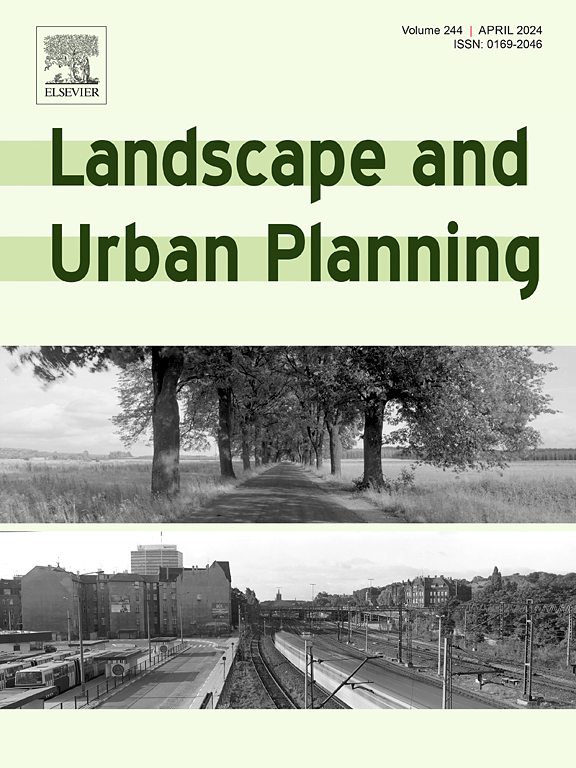In the context of global urbanisation, urban green spaces (UGS) serve as the primary means of direct contact with nature for many people. The design and management of urban parks should aim to maximise their ecological functions and services, while considering the well-being and connection with nature of urban residents. Despite extensive research into the factors that influence urban dwellers’ appreciation of UGS, our understanding of the individual characteristics that shape preferences for different types of urban green spaces remains limited.
An important characteristic of UGS is the extent to which their vegetation appears or not ‘formal’, i.e. particularly geometrically designed with a high presence of symmetry, with clear straight or circular lines. The degree to which urban dwellers prefer more formal green spaces may be related to their need for structure (NFS), a psychological trait that refers to an individual’s preference for order, predictability, and clarity in their environment and activities. To investigate the relationship between NFS and the preferences for the degree of ‘formalism’ of UGS, we conducted a survey with a large sample (N = 1,592) of the French general population. Participants were presented with a photo-questionnaire of real public park settings that varied in their degree of formalism, i.e. from highly structured, symmetrical layouts with geometrically cut vegetation to more irregular layouts. They were asked questions assessing their NFS, their connection with nature (CWN), an individual characteristic known to be associated with a preference for more informal environments, as well as the reasons for preferring more formal or more informal parks.
Our multivariate analysis showed that NFS negatively predicted a preference for more informal urban parks, while we confirmed that CWN was a strong positive predictor of this preference. Textual analysis showed that both individuals high and low in NFS who preferred more formal UGS described their preference in relation with ‘order’ and ‘organization’, but high-NFS respondents mentioned human care (e.g. cleanness, tidiness) and geometrical order (geometry, form, structure) more frequently than other respondents.
Individuals with a higher NFS tend to value more geometrically ordered urban parks, while those with a higher connection with nature tend to prefer more informal urban parks. To reconcile these conflicting preferences, parks could more often be designed with distinct areas of varying degrees of formalism. Alternatively, parks with a moderate level of formalism, well-defined structure, and lush vegetation could serve as a favorable compromise that meets the diverse preferences of residents and allows a variety of urban dwellers to experience nature and the associated health and well-being benefits.


